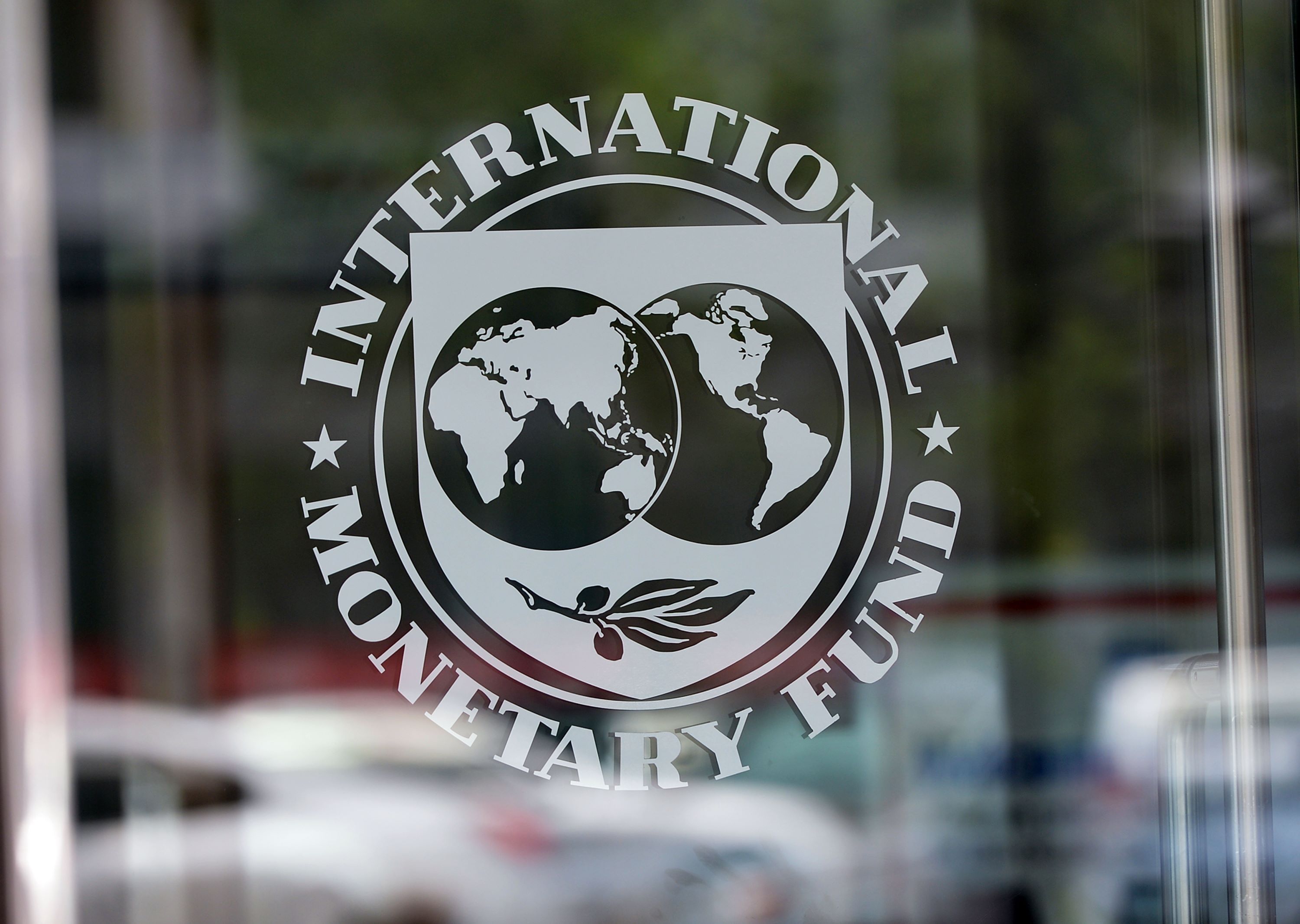The usage of credit cards has significantly increased over the past year, according to a recent banking study.
Findings by market research firm Synovate show that the number of credit card owners among the upper and middle-upper class increased to 72 percent in 2010 from 66 percent in 2009.
The use of credit cards among youth has also seen an increase from 18 percent in 2009 to 33 percent in 2010 as well as usage among females more than doubling, from 10 percent in 2009 to 22 percent in 2010.
“The increased awareness in credit card usage in the last year can mainly be attributed to commercial campaigns by banks,” Mohamed Kamal, business development director for Synovate North Africa, told Daily News Egypt.
He added that the campaigns came more from national banks than from international ones and that the increase in awareness really showed in the 18-25 age bracket.
The study also showed the upper and upper-middle class growth of bank users in 2010 at 59 percent compared to only 52 percent in 2009. A majority of those users were male at 62 percent in comparison to 38 percent females.
Even with troubled markets globally, an increase in bank usage was seen in 2010, says Kamal.
When it came to choosing banks to do business with, the study showed similar results for 2010 as it did in 2009 in that governmental banks were preferred higher than private or international banks.
“Although Egyptian bank users have a strong sense of loyalty, more consumers are now seeking convenience and service efficiency when conducting their bank transactions,” commented Tamer El-Naggar, CEO of Synovate Middle East North Africa.
Kamal concurred, explaining that even though there is an increased presence of international banks than before, government banks are still the favored option due to the credibility and security they provide.
Even so, the study showed that 85 percent of bank users in 2010 would not change their banks versus 92 percent in 2009.
Additionally, 92 percent of respondents ranked efficient customer service as their top selection criteria along with 85 percent ranking network distribution as a top choice as well. The bank’s reputation came at the very top of the selection criteria with 93 percent.
Aside from credit card awareness and usage, the 2010 study shows only minor changes in other areas, such as banking products being utilized. Current and savings accounts saw an increase in usage among customers in 2010 along with the use of ATM cards.
And with the tech-savvy younger generation growing up and utilizing financial institutions, e-banking and phone banking are on the rise.
“Phone banking services grew by 6 percent and e-banking has also witnessed 50 percent growth,” said Kamal.
While many various areas in the banking sector are seeing an increase, it does not come without its challenges and decreases.
“Around 51 percent of respondents in 2010 compared to 54 percent in 2009 said that they do not deal with banks due to lack of funds. Personal beliefs and convictions are also a challenge, since dealings with banks is considered usury by some (25 percent in 2010 vs. 35 percent in 2009),” Kamal explained.
Also seeing a decrease is the utilization of personal loans from banks by their customers. This can be attributed to higher interest rates than before says Kamal.
According to the study, merely 9 percent of those surveyed intended to take personal loans as opposed to 11 percent in 2009. Surprisingly, over 80 percent of responders cited lower interest rates as main motivation if they were to take out loans.
The study conducted by Synovate surveyed 994 people from the upper and middle-upper class with 54 percent males and 46 percent females. The responders reside in Greater Cairo (66.4 percent), Alexandria (25.75 percent) and near the Red Sea (7.85 percent).


